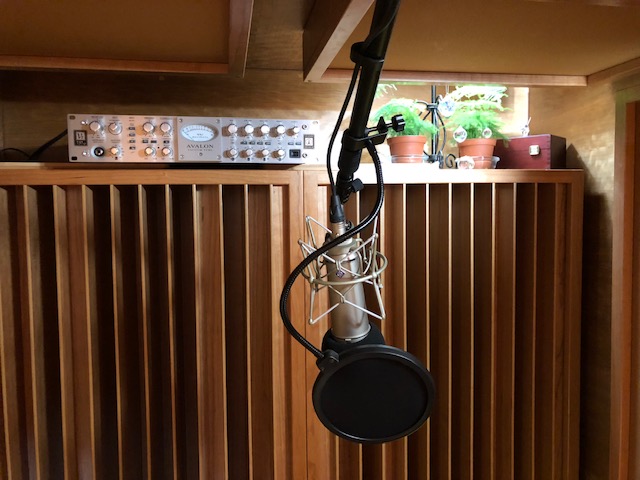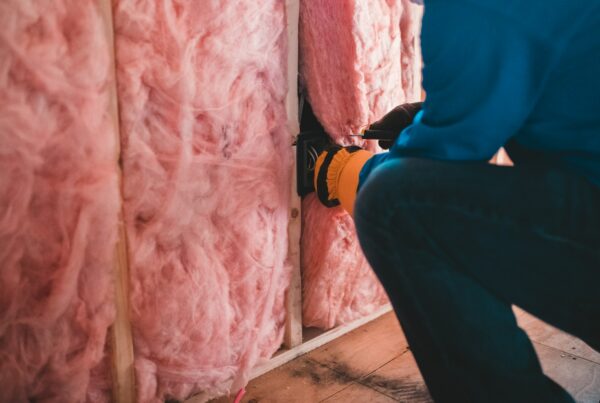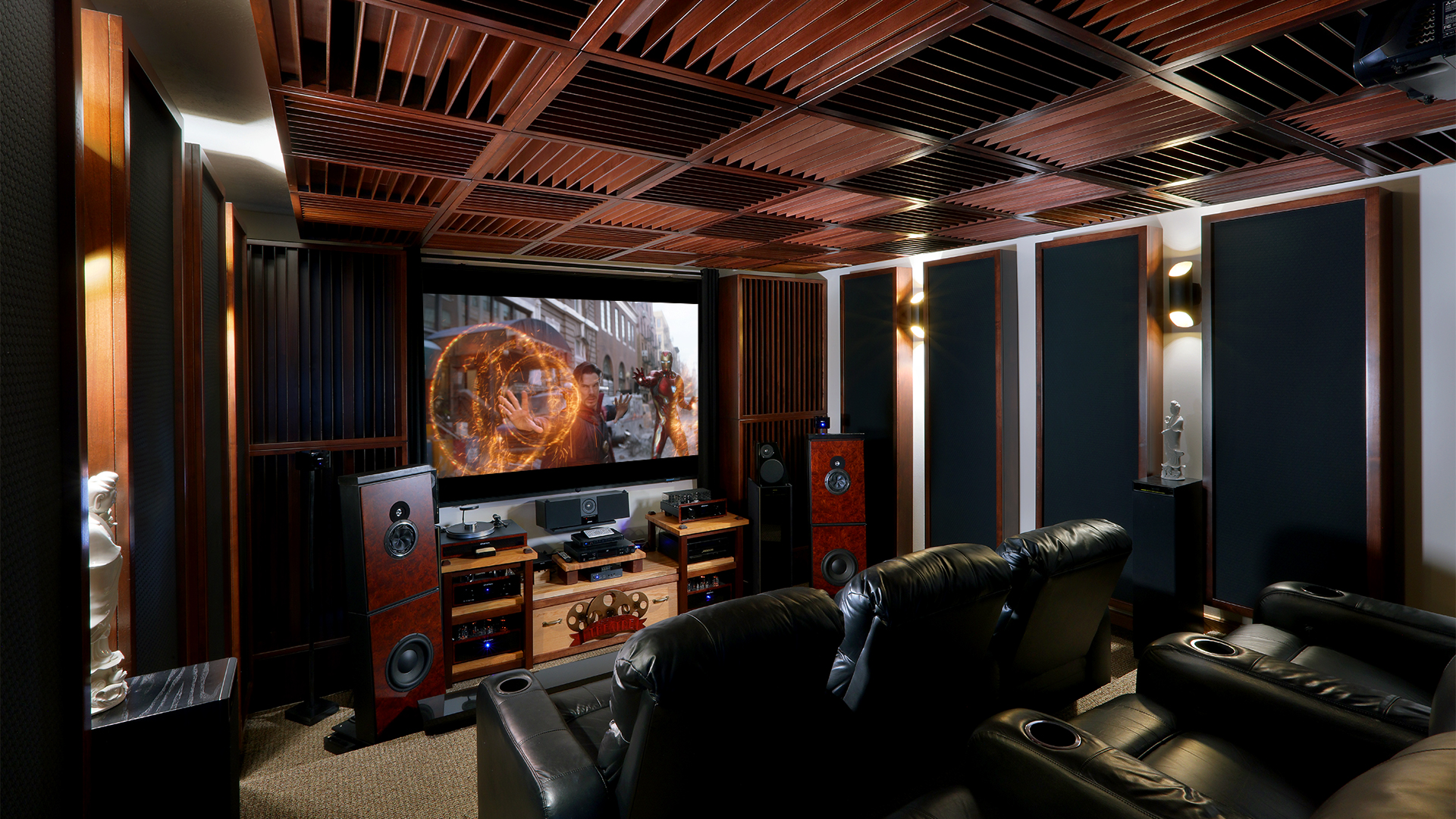Recording sound energy within a room is fraught with many issues. The room dimensions produce both pressure and reflections that the microphones can hear. The talent will be producing energy that will fluctuate in tone and amplitude. These human tonal and strength fluctuations will interfere with the physical distortions produced by the room dimensions, the amount of treatment in the room, the shape of the room along with a whole host of other variables. Recording in a room must take into account the room dimensions along with room modal and reflection distortions. Remember that the microphone will hear things you can not. It is critical when you are recording in a room to take that into account.
When you are considering recording in a room, you must first look at what instruments you are recording and will the energy the instruments produce fit into the room you have chosen. If you are recording drums in a room then you must have a larger room that will support the low frequency energy that a drum kit can produce. The dimensions of the room must be able to support the kick drum low frequency energy which will be 28′ long. If the wavelength of energy produced is longer than the dimensions of the room, you will be producing distortion that the microphone can hear. This distortion is called room modes. Room modes can exaggerate and attenuate energy. You will hear too much of some sounds and not enough of others.
Another issue to consider when recording in a room is the reverberation time within the room. Reverberation is defined as to how long a sound stays around within the room after it has been sung,spoken, or played. Reverberation is mainly for middle and high frequencies. If your reverberation times are too long, you will not have definition in your speech and vocals. They will sound muddy and not clear and concise. High reverb times are the result of hard surfaces on the four walls and ceiling. Hard surfaces produce reflections. When you take the reflections from all the surfaces within your room, you can understand the difficulty a microphone will have in trying to hear vocals.
To understand room acoustics and what sounds a microphone will hear, you need to understand the difference between pressure and reflections. Pressure is low frequency energy that wont fit within a room. Low frequency energy behaves like ocean waves. Waves of low frequency energy oscillate throughout the room on a continual basis. You will have places within the room where you hear too much energy or no energy from that instrument at all. Reflections are mainly middle and high frequencies that bounce off the four walls, ceiling, and floor. The reflections accumulate and all add together to form reverberation. One could say that reverberation is a sound that overstays its welcome.
Achieving good quality sound within a room is no accident. Quality sound within a room is achieved by a step by step process where each step is built on the step last taken. The first variable to consider is the room size and usage. You must match the usage of the room, what type and amount of energy you are placing within the room, to the overall room volume. Once you have matched the room size to the intended usage, you must then focus on the lower frequency pressure issues along with reverberation times. At www.acousticfields.com we have design services that can assist you with all of these issues. We have design services for recording studios, https://www.acousticfields.com/recording-studio-design-service/, home theaters, https://www.acousticfields.com/home-theater-acoustics-service/ along with design services for churches and schools. https://www.acousticfields.com/church-acoustical-design-service/







